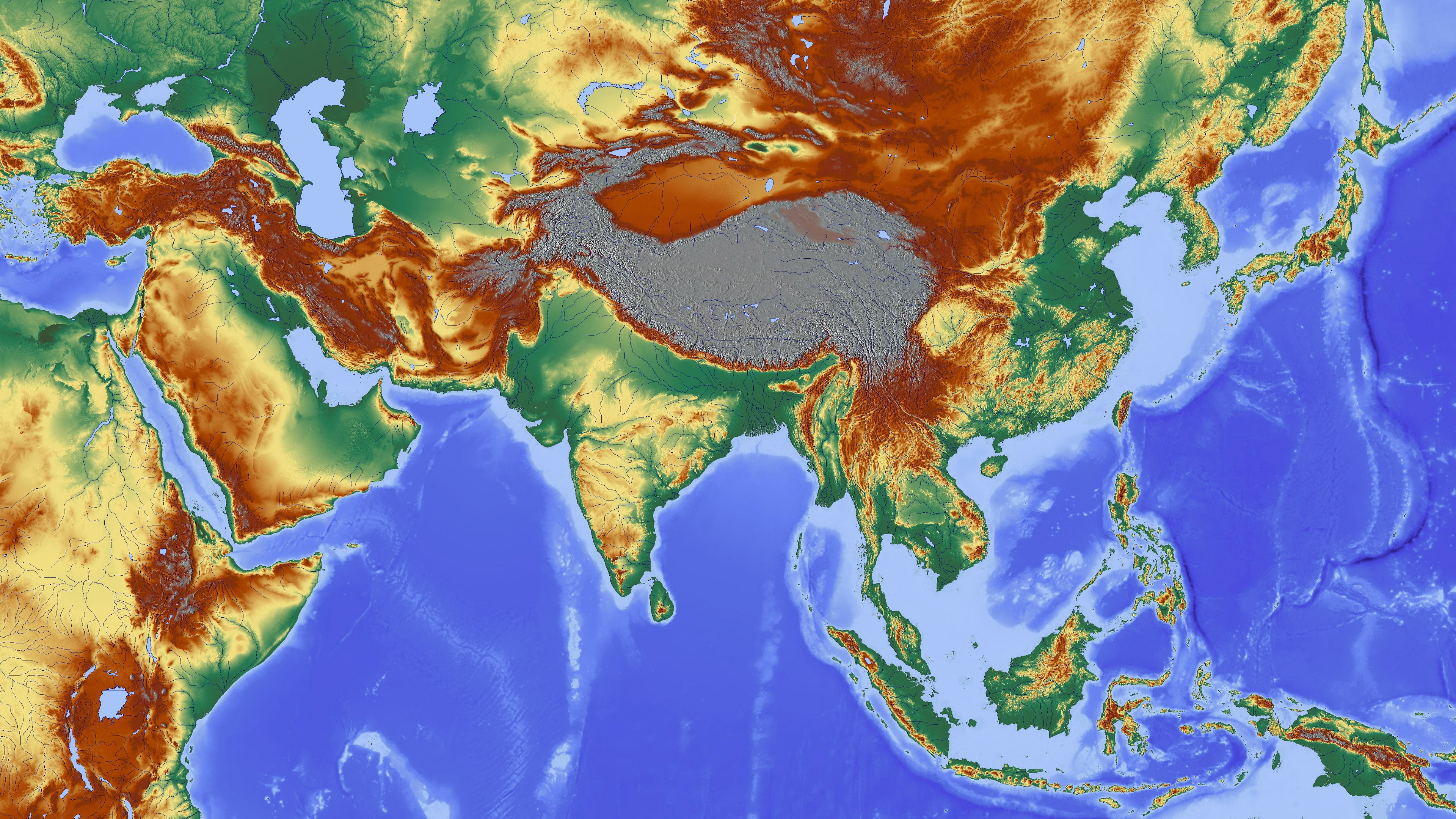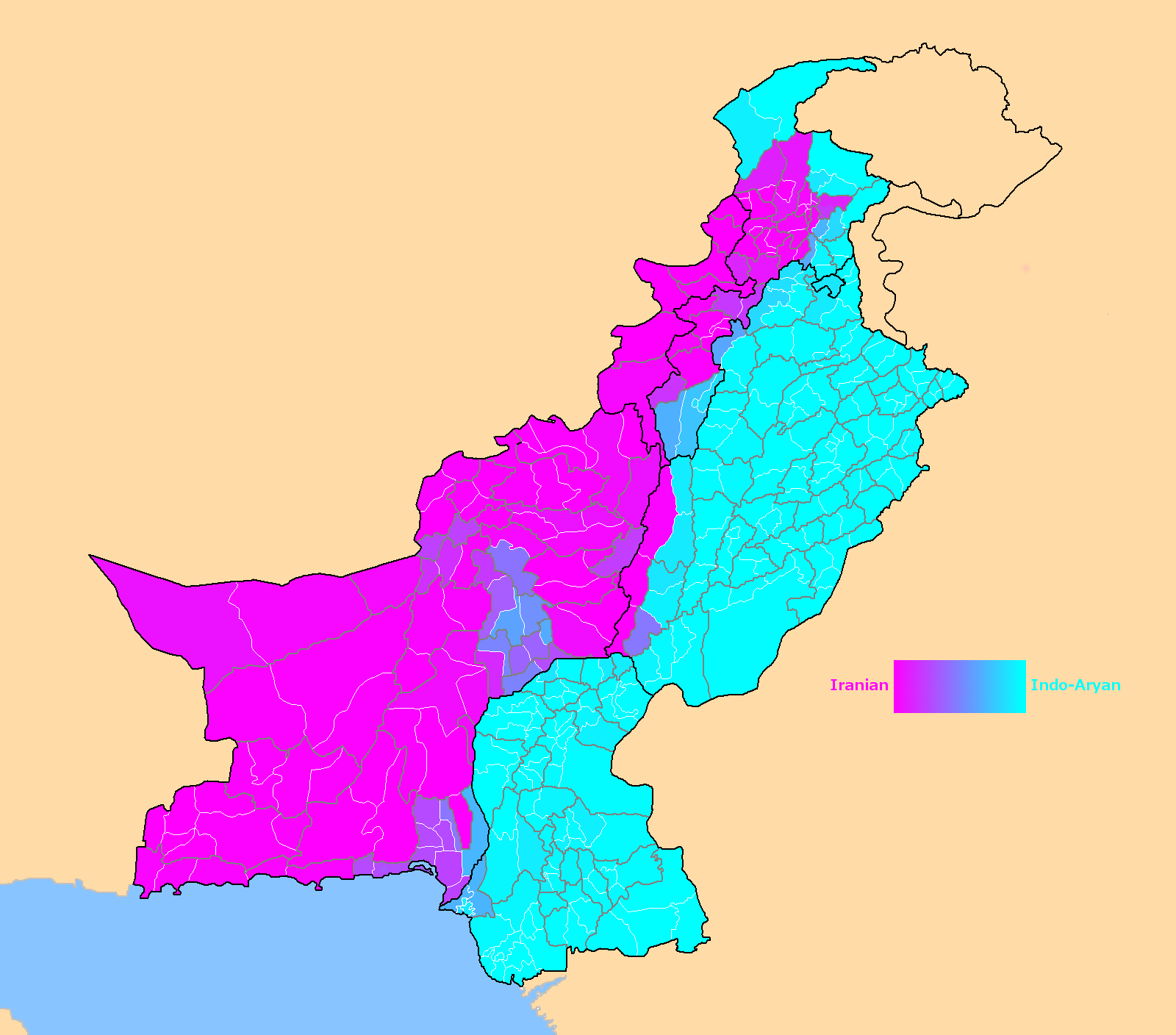This is the easiest condition of the three-- the difficult part isn't really bringing the regions together but keeping them together even when they are capable of going it alone. High autonomy for outlying regions has to happen, but the head of government needs to retain a "centrally governed" area large enough to draw revenue/troops from themselves. I'd also argue that "capability to go alone" decreases over time. As modernity eliminates "vassalage" as a concept and makes national borders stronger and less permeable, it's easier to argue for pan-Indian political unity as a way to maintain certain social formations that cross language barriers. After all, dividing South India into a sovereign Tamil state, Malayali state, etc.
sounds doable-- but then which state gets to have the temple of Tirupati Balaji, or have Shirdi? Both of those places draw in pilgrims from everywhere; there's a limit to how "closed" a state's borders are really allowed to be.
Besides that, large infrastructure projects like the Grand Trunk Road can help too. But those are costly, and cost is what all-India conquests come down to. There might be a long-term profit but can your state handle the short-term cost? China's most iconic megaprojects (Great Wall, Grand Canal) were often the work of several dynasties in succession, and I've already talked about how "several national dynasties in succession" is more unlikely in India. If one dynasty takes everything on its shoulders and tries to do too much at once... well, the Tughlaq idea of moving the Indian capital to the Deccan really isn't that bad
in theory. It just didn't need to happen as a forced migration to the new capital site before it even had the infrastructure to host the new population.
In some ways, it's better if the governors of outlying regions
don't consider themselves as (and aren't required to serve as) a vital part of a larger Indian project. The Maratha confederal model wasn't too bad but since all the rulers were members of the same Maratha inner circle, all of them wanted to be recognized as important within that circle, leading to rivalries over army command. National politics bleeds into regional politics and vice versa. Meanwhile, there's two funny stories with the Mughal conquest of the Deccan:
- Zulfiqar Khan, who was at the very front lines of Aurangzeb's wars, conquered Gingee (near Chennai) from the local Maratha dynasty. He then marched all the way back north to help Jahandar Shah in the succession war after Bahadur Shah's death. Good news: he won and gets to try his ideas of isolating rebel movements (the Sikhs) and improving governance for people who might rebel but haven't yet. Bad news: he's stuck with Jahandar Shah, who needed Zulfiqar Khan's help because there's no way he would have won otherwise.
- After Zulfiqar ruling in the name of Jahandar, and the Sayyid brothers in the name of Farrukhsiyar, we got Chan Qilich Khan ruling in the name of Muhammad Shah. At first he tried to govern from the prime minister's chair like his predecessors did, but this was such a difficult and thankless task by the time (Bengal had gone its own way, the Marathas were on the rise, the Sikhs were still rebelling) that he actually gave up, went to Hyderabad, and set up the Hyderabad State. That's why the rulers of Hyderabad were Nizam (a prime-ministerial title), not Nawab. But no one filled the void he left behind, and in the end he was still the commander of Delhi during Nader Shah's ransacking of it 14 years later despite his real interests being very far from Delhi.
This offers a little bit more promise. But even if Modern Standard Arabic is the Modern Standard, I've been told that the Egyptian dialect dominates pan-Arab TV shows. MSA doesn't dominate the spoken language anywhere and actually I'm not even sure literacy rates are high enough to give MSA 90% unity in the Arab world.
Agreed. The impulse for preserving exact sound/grammar actually isn't that strange in context (the Persians preserved the Avestan hymns for several centuries, no matter how archaic the language got), but the way Panini did it (establishing a replicable procedure, not just memorizing endless lists of words by rote) is still unrivaled.
Another problem with adopting a "Low/Common/Simple Sanskrit" is that it would probably follow the same trajectory as Buddhism's
Pali: initially accepted as compromise between common and liturgical language, but then even it stops being the spoken language. And you can try to keep "updating" Low Sanskrit to stay ahead of the curve but again: when
agni becomes
aag, it's still "fire". But is it still Sanskrit?
True, but Pashtun is an Eastern Iranian language (diverged from Western Persian a couple millennia ago) and while the Baloch are a more recent cast-off, their lifestyle and political organization were alien enough to Iranian authorities that only after 1920 was Balochistan treated as "just another Iranian province". And the area is still very receptive to the influence of the Subcontinent, but now it's influence from Indian Islam instead of Indian Buddhism. I don't think either India or Iran is especially favored over the other in trying to rule the area.

